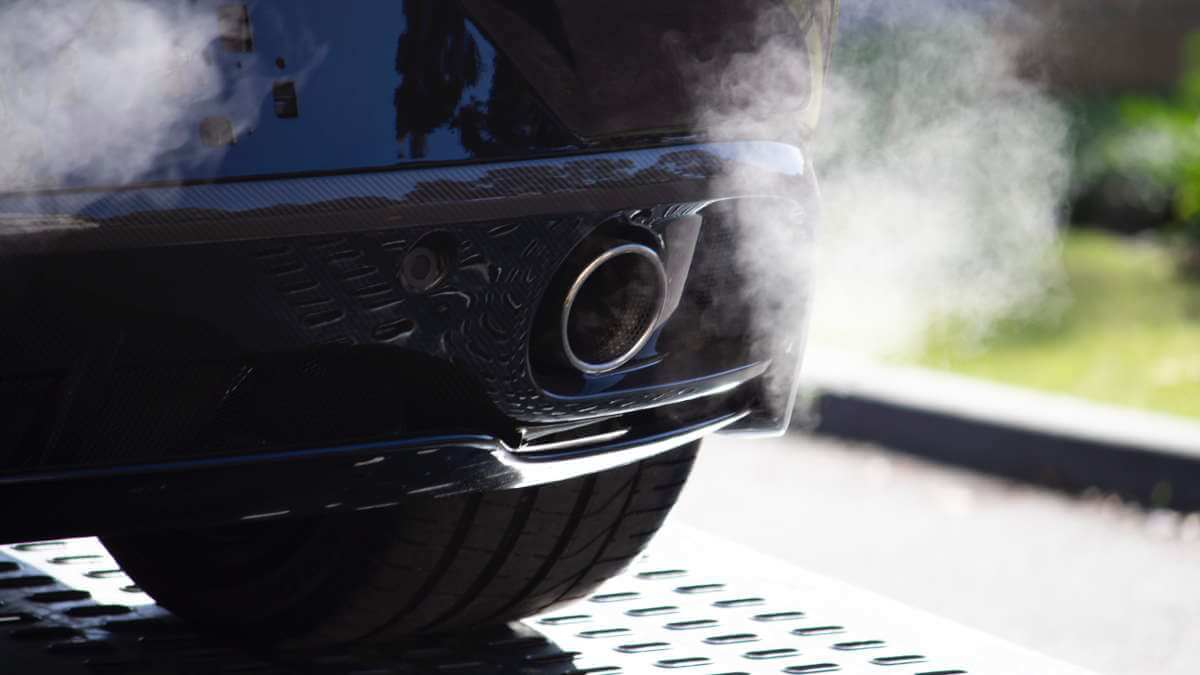
In the age of deep and growing concern for climate change, emissions monitoring for fleet managers has become a hot topic. And yes, that pun was intended.
Seriously though, most fleet managers nowadays have quite a minefield to negotiate as far as “being green” goes. Because yes, businesses who run fleets must comply with the regulations on emissions, but they also have to make profits. All of this means that fleet managers must find cost effective ways to reduce the greenhouse gas (GHG) emissions from their fleets, while still meeting the business needs of the company, and their fleet drivers.
Is it possible? The good news is, yes it is. And the bad news? Well, there’s no “bad” news as such. It’s just about making sure that as a fleet manager, you do your homework, track your fleet correctly and are diligent in your efforts to the ongoing search for optimization where emissions are concerned.
Emissions monitoring: where do you start?
Many businesses heavily rely on a fleet of cars, trucks, or vans to run their business. And the way that these companies use their vehicles can vary widely. From a pharmaceutical company representative making his calls, and telecom service vans, to contractors such as plumbers and electrical engineers doing their rounds. And, just as the use of a vehicle differs from industry to industry, so do the number of vehicles in each fleet. Anything from 2 to 20,000 or even more.
However, although the variety of vehicles used, their purpose and products or services delivered vary, fleet managers face the same kinds of challenges. That’s concerning the operation of their vehicles and climate change. In short, they aim to get the best out of their fleets, while not only following regulations but also reducing emissions.
Areas to focus on
Typically, all companies that run fleets should focus on the following:
- The replacement and right-sizing of fleet vehicles
- Utilizing technological advances (such as emissions monitoring)
- Intelligent route planning for vehicles
- Reducing fleet idling time
Effects of emissions
The devastating effects of GHG emissions have been laid bare for all to see and follow closely, almost in real-time; in the recent years, at least. There are immediate effects on not being on the ball with your vehicles. Firstly, you may be penalized by legal authorities if you are found to be in breach of regulations. In addition, your older vehicles, which are not so technologically advanced may be costing you far too much, in terms of increased fuel consumption.
Factors that may affect emissions
There are many things that can have a knock-on effect in terms of emissions. But, by and large, these are the main factors:
- Emissions during idling time, i.e vehicles that remain in idle mode longer
- A vehicle’s age, type of vehicle, fuel type and quality of fuel
- Bad (or good) driving behavior
- Neglected maintenance, which can lead to poor performance, increased fuel consumption
What’s the solution? Why it’s effective emissions monitoring
Technology plays its part here. Yes, most fleets have upgraded their vehicles in compliance with the legal emissions regulations of the country they operate in. But there’s always more you can do. After all, few businesses can afford to run a hybrid fleet for example.
What you can do is keep your emissions monitoring in check easily with a vehicle management solution. Like Veturilo, which is aimed at small to medium-sized businesses running a fleet of vehicles. How? By following your vehicles more closely, you will know exactly what’s before it’s too late. For example, Veturilo’s DTC trouble diagnostic codes allows you to monitor your auxiliary emission controls. You can know in advance if there’s a problem that may affect one or more of your vehicles’ emissions, or the engine performance in general.
What are your fleet business goals regarding emissions and fuel?
Well, ideally you’d love to have a fleet of zero-emission vehicles such as electric and hydrogen fuel ones. However, before you get there, you can take steps to reduce your business’ carbon footprint. In particular, you can decrease fuel consumption and emissions that usually come from internal engine problems. And thus minimize maintenance costs, by acting in a preventative way; and also avoid any fines or penalty costs.
What else to focus on, in emissions monitoring
As mentioned, using technology like our very own Veturilo vehicle management solution is a huge help. But you can still do more. For example, set your business a GHG reduction goal, not just a goal around using a specific technology or adopting specific, new “green tech”. In this way, you will be able to measure the impact of things like anti-idling initiatives, more efficient routing and fleet scheduling, and improved fleet vehicle maintenance.
Last but not least, by setting a GHG goal, carrying out emissions monitoring, and regularly reporting on the progress, businesses can actually report on fleet emissions as part of their overall GHG reporting process.
Have we missed anything? Let us know your tips on how you handle emissions monitoring here. And if you’d like to try Veturilo, register to get started with peace of mind thanks to our 30-day money back guarantee.